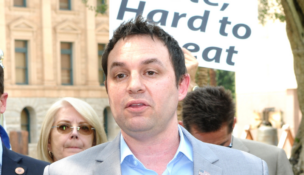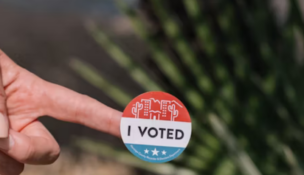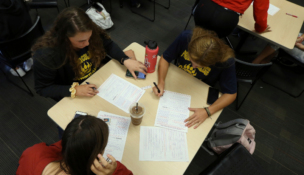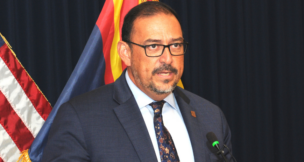U.S. Supreme Court sides in favor of campus cop in 2010 shooting
Howard Fischer, Capitol Media Services//April 2, 2018//[read_meter]
U.S. Supreme Court sides in favor of campus cop in 2010 shooting
Howard Fischer, Capitol Media Services//April 2, 2018//[read_meter]
The U.S. Supreme Court (Cronkite News Service photo by Stephanie Snyder) A University of Arizona police officer will get another chance to prove he acted properly...

















